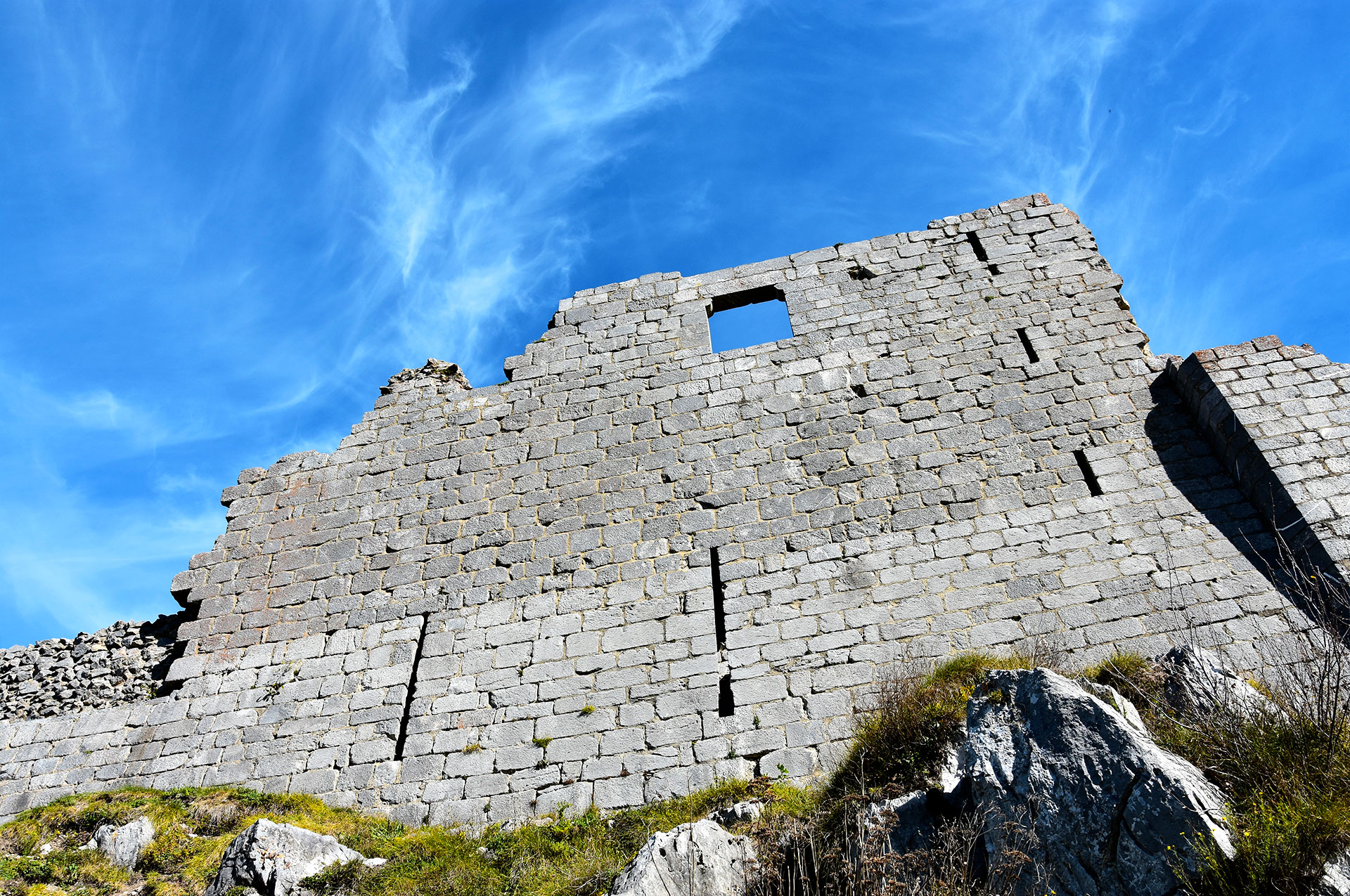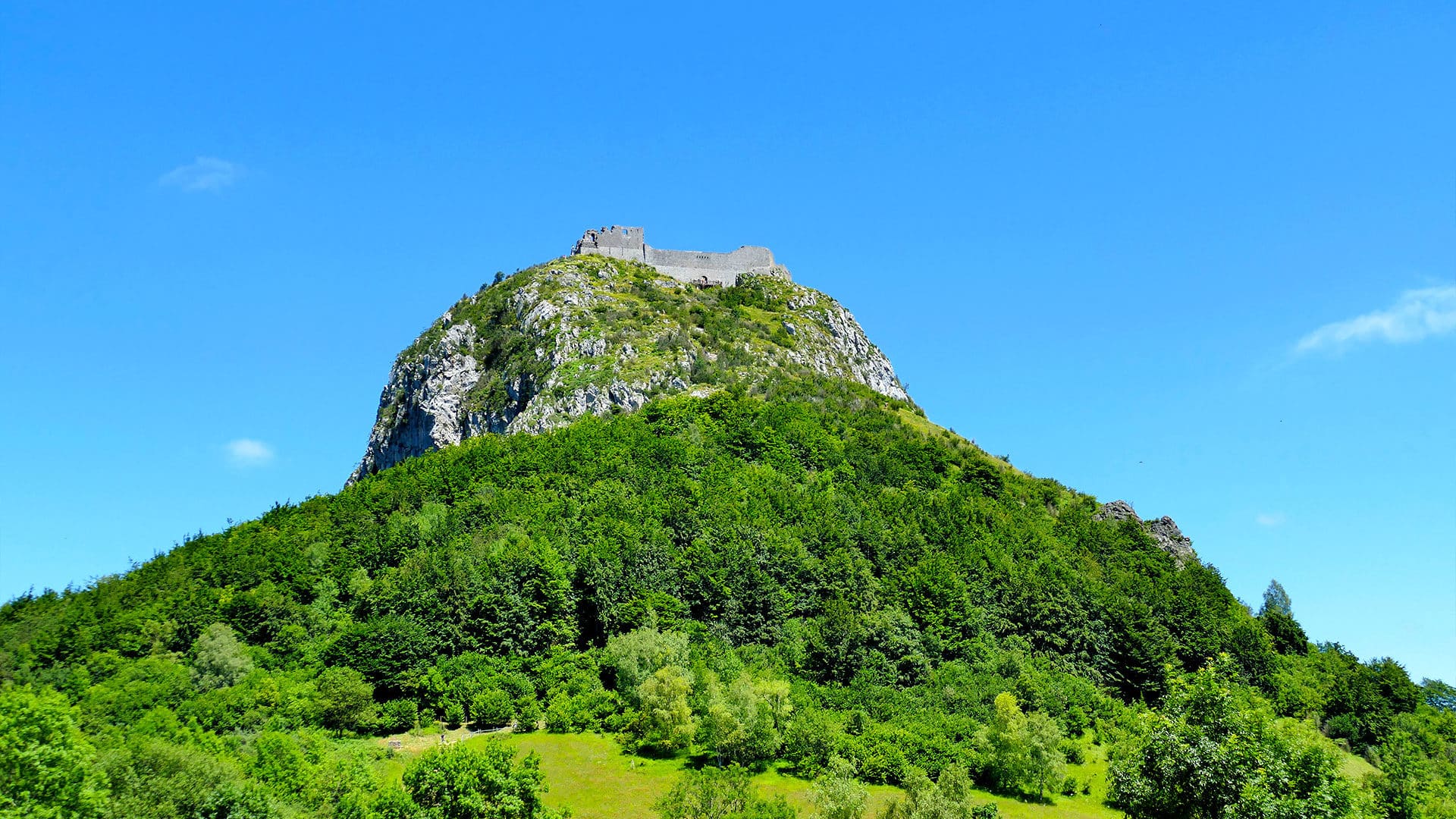Montsegur Castle
Discover the Château de Montségur, an emblematic 13th-century monument to Cathar resistance. Built in 1206, this bastion was the last refuge of the Cathars, marking a tragic turning point in history with the fall of the fortress on March 16, 1244. Montségur symbolizes not only the Cathars’ struggle against oppression, but also an important page in medieval Occitan history.


Cathar fortress
and Witness to History
Montségur castle, built in 1206, was a crucial refuge for the Cathar Church and the “Faidits” during the 13th century. This historic and symbolic landmark experienced a decisive moment on March 16, 1244, when the fortress fell to the besiegers after an intense siege. That day marked the tragic end of the Cathars, who were forced to renounce their faith or die at the stake, along with 205 martyrs.
Built on the site of the ancient castrum at the request of Raymond de Péreille, Montségur served as a residence for Cathars and Faydits. It was partially restored after the Cathar surrender of 1244 by the family of the new lord, Guy II de Lévis. The château has undergone three major eras, gradually transforming itself into an imposing fortress.
Montségur was home to a sizeable Cathar community, cited as early as 1215 as a haven for heretics and reinforcing its role as a shelter for the Cathar Church after the Treaty of Meaux-Paris in 1229. Montségur’s geographical position, and the determination of the Capetians to attack it from 1244 onwards, suggest that it was the capital or at least the stronghold of the Cathars in Occitania.
The fortress was besieged four times by Crusaders in the 13th century, but only the last siege, which began in May 1243, was successful. The surrender of Montsegur in March 1244 followed a ten-month blockade, which ended in tragic terms for the Cathars who refused to renounce their faith .






























